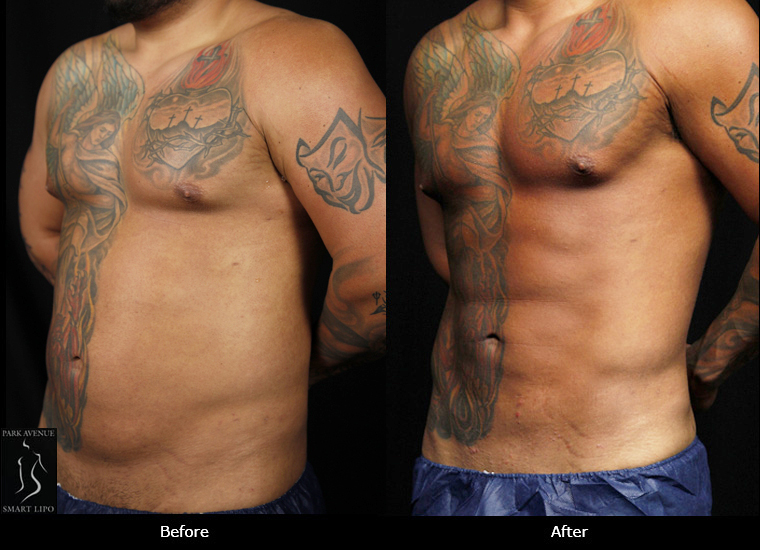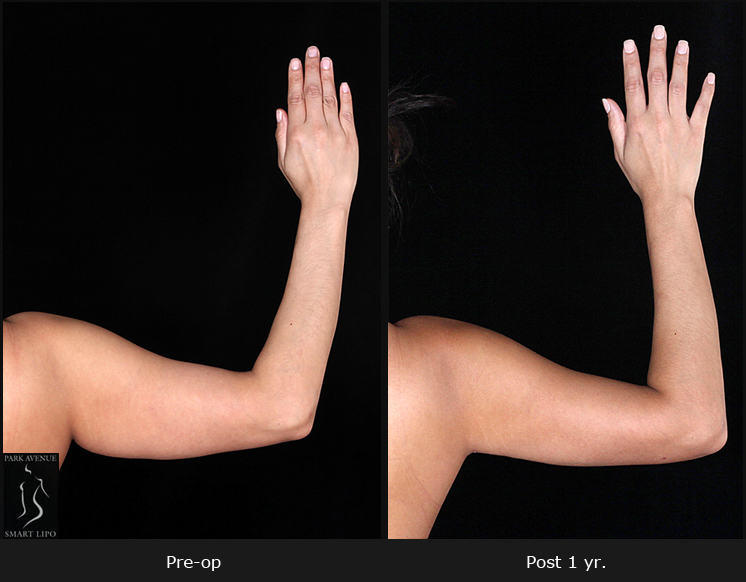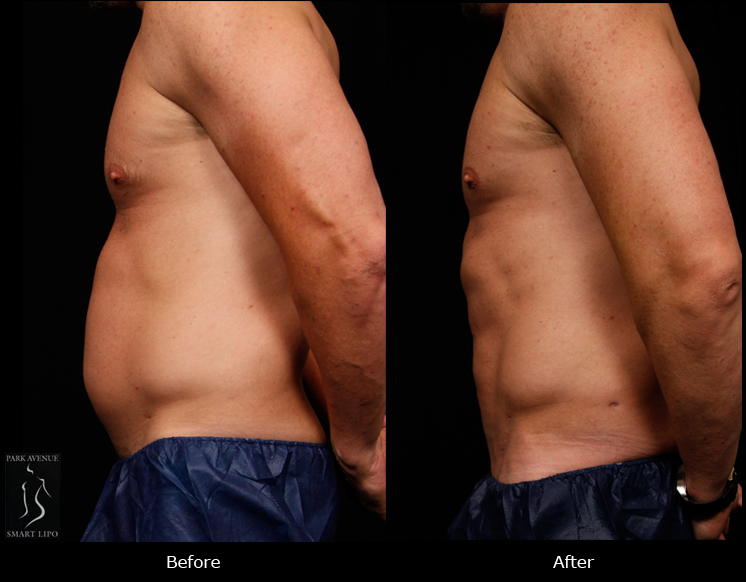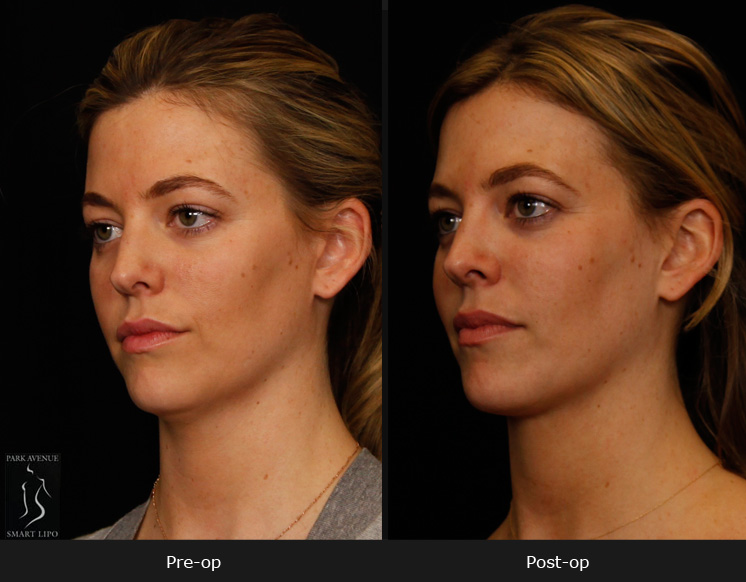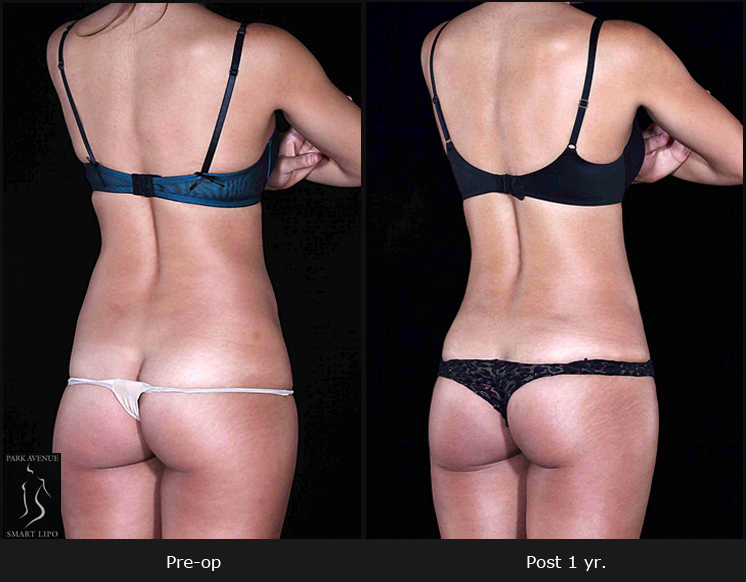Liposuction effectively removes stubborn fat deposits from various areas of the body. However, liposuction is a cosmetic surgical procedure that requires downtime and recovery. Choosing a reliable NYC liposuction center ensures you receive personalized care and detailed post-procedure instructions tailored to your needs. To promote smooth healing and achieve the best results, it’s essential to follow your surgeon’s guidelines closely.
Minimally invasive, laser-assisted techniques like Smartlipo Triplex use small incisions and local anesthesia, making the procedure less traumatic than traditional surgery. Patients can usually return home the same day and recovery is generally quicker than traditional liposuction. Regardless of the type of liposuction, recovery varies from person to person, depending on factors such as the amount of fat removed, the area treated, and individual healing responses.
Discussing your procedure thoroughly with your surgeon is important to understand what to expect at each stage-the normal aspects of recovery and potential concerns that require immediate attention.
Liposuction Recovery – What’s Normal and Not Normal
- Day 1 Post-op
On day one after the procedure, you can expect to experience noticeable swelling, bruising, and mild discomfort.
Key points to remember and expect on day one post laser liposuction:
- Compression garment: Immediately after the procedure, your surgeon will apply a compression garment to the treated area to minimize swelling and support the skin.
- Fluid drainage: You may experience some fluid leakage from the incision sites, which is normal and should be managed with absorbent pads. Normal fluid is thin red, pink/orange, or yellow.
- Pain management: Mild pain and discomfort are expected. Follow your surgeon’s instructions on pain medications and activity limitations.
- Rest: Focus on resting and limit activities to allow your body to heal. Light walking is advised for preventing post-op blood clots.
- Hydration: Drink plenty of water to support recovery and reduce swelling.
- Potential side effects: Some common side effects include bruising, redness, and tenderness around the treated area. Accumulation of blood under the skin is usual within the first 24 to 48 hours.
Most patients can walk independently and handle most of their basic hygiene. However, having a designated caregiver is recommended, as depending on the areas treated and the extent of your procedure, you may need assistance with compression garments, drains and hair washing. Patients are typically advised to wait at least two days before showering, but it’s important to follow your surgeon’s specific recommendations on this.
Potential Concerns
Contact your surgeon immediately if you experience any of the following symptoms beyond the second day after surgery:
- Intense pain, swelling, or discoloration persisting beyond the first 24–48 hours
- Fever, confusion, or shortness of breath
- Chest pain
- Uneven swelling in the calf or ankle
- Severe pain unrelieved by prescribed medication
- Dark, clotted blood or unusual white/brown fluid drainage
These symptoms could indicate complications that require prompt medical attention.
- One Week Post-op
Here’s what to expect during the first week post-op laser lipolysis:
- Swelling and bruising: Some persistent swelling and bruising in the treated areas is common in the first week, peaking on the third or fourth day. The more extensive your lipo procedure, the more pronounced the swelling will be. Pain can be managed with non-opiate medication. Swelling and bruising typically fade by the end of the second week.
- Activity: Engaging in light activities after the first week is essential for recovery. Gentle walking reduces swelling and improves circulation. Avoid strenuous exercises and heavy lifting to prevent complications. Those with desk jobs can typically return to work around this time. Once you’re off all pain medications, you may resume driving. As healing progresses, gradually increase activity levels, always listening to your body and following your surgeon’s guidance.
- Compression garment: Follow your surgeon’s guidelines for compression garment usage. Typically, wear it continuously for the initial 2–3 weeks until bruising subsides; some patients may need to continue for up to six months. Ensure the garment fits comfortably; overly tight garments can impede blood flow and hinder recovery. Skin tightening may take several weeks to months, and experiencing minor lumps or contour irregularities during this period is normal. Lymphatic massage can help.
- Diet: After laser lipo, a balanced diet is necessary to support recovery. Eating foods rich in vitamins C and E will support skin healing. Drink plenty of water and healthy fluids to stay hydrated.
- Follow-up: At your follow-up visit, your surgeon may remove your stitches and/or drains. Regular check-ups are essential to ensure there is no excess swelling or complications. Follow all medical advice closely to promote smooth healing.
Potential Concerns
Contact your surgeon immediately if you experience any of the following symptoms beyond the second postoperative day:
- Worsening symptoms – pain, drainage, or swelling that increases instead of decreases.
- Respiratory issues – sudden difficulty breathing, rapid heart rate, or uneven swelling in the legs, which could indicate a blood clot.
- Fever – a temperature exceeding 101°F (38.3°C).
- Signs of infection – pus-like discharge or pronounced redness around your incisions.
- Two Weeks Post-op
By two weeks post-lipo, most patients have had stitches and drains removed, with bruising significantly faded. Many return to work and routine activities during this period. While some swelling persists, transitioning to a more comfortable compression garment is advisable. Lymphatic massages can further reduce swelling and promote smoother skin texture.
Incisions are healing and may appear red or raised initially. As collagen production increases, scars and redness will improve. Protecting healing skin from sun exposure and using silicone-based scar gels can speed fading.
If you feel well and bruising has resolved, your surgeon may clear you for gentle cardio exercises and light weightlifting. Your expected contour may not be visible at this phase.
Potential Concerns
Contact your surgeon promptly if you experience any of the following:
- Continued dependence on pain medication: Needing prescription pain relief beyond two weeks post-operation may suggest an issue with healing.
- Signs of blood clots: Symptoms such as sudden difficulty breathing, rapid heart rate, or asymmetric swelling in the legs could indicate a blood clot and require immediate medical attention.
- Fluid accumulation (Seroma): Noticeable swelling or fluid buildup under the skin may point to a seroma, a pocket of clear serous fluid that can develop after surgery.
- Contour irregularities: Persistent lumps, bumps, or uneven skin texture might result from uneven fat removal and could necessitate further evaluation.
- Skin laxity: If the skin in treated areas appears excessively loose or sagging, it may indicate inadequate skin retraction following fat removal.
One Month Post-op
By one month post-op, you should feel almost fully back to normal. While some swelling may persist, bruising should have resolved, and your activity levels can return to normal. It’s common to experience sensations like burning, tingling, or a crawling feeling; these are typical signs of nerve regeneration. If these sensations become severe, consult your surgeon, who may prescribe medication, though they often subside without intervention.
Potential Concerns
At this stage, some patients may encounter:
- Seromas, which may require drainage.
- Uneven or lumpy areas due to fat removal.
- Loose skin resulting from fat loss without adequate skin contraction.
Early interventions such as massage, can help address mild contour irregularities. If you’re dissatisfied with any aspect of your appearance, discuss your concerns with your surgeon. However, it’s generally advisable to wait before considering any revision procedures, as your body continues to heal and adjust.
Six Weeks Post-op and Beyond
At six weeks post-lipo, you can typically resume both cardiovascular and weight-training exercises. However, it’s essential to monitor your body’s response to these activities, as healing is still ongoing. While approximately 50% of the swelling may have subsided, some residual swelling can persist, and the final contour of the treated area is becoming more apparent. Many patients choose to discontinue wearing compression garments at this stage or opt to use them only during exercise sessions. It’s also common to experience numbness or altered skin sensitivity in the treated regions. As the remaining swelling diminishes in the coming months, the skin will continue to tighten, and incision sites will progressively fade.
Potential Concerns
Watch out for any persistent pain or discomfort that interferes with daily activities, as these may be warning signs of complications.
Choose an AAAASF-accredited Liposuction Center
If you’re searching for “liposuction near me,” it’s essential to choose an AAAASF-accredited facility with qualified surgeons to ensure a safe and effective procedure. The American Association for Accreditation of Ambulatory Surgery Facilities (AAAASF) ensures that accredited centers meet stringent national standards for equipment, operating room safety, personnel, and surgeon credentials.
Choosing a center dedicated to liposuction ensures that experts will provide customized treatment to help you achieve your aesthetic goals. Early detection of abnormal signs and symptoms, along with open communication with your surgeon, is crucial to address any concerns effectively and ensure a smooth recovery.
Transform your body and boost your confidence-schedule your liposuction consultation today!


